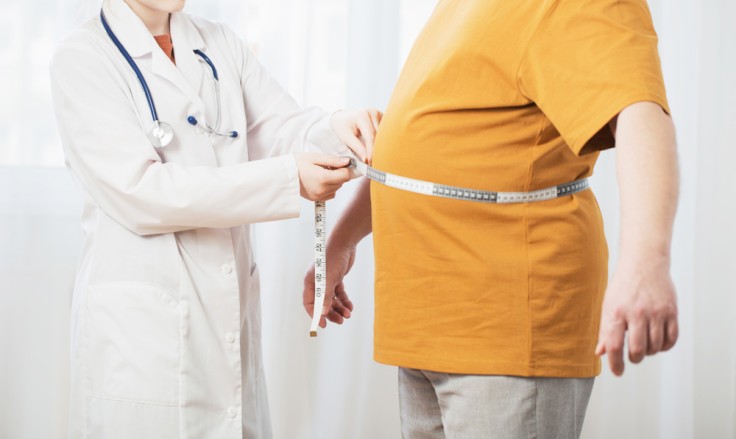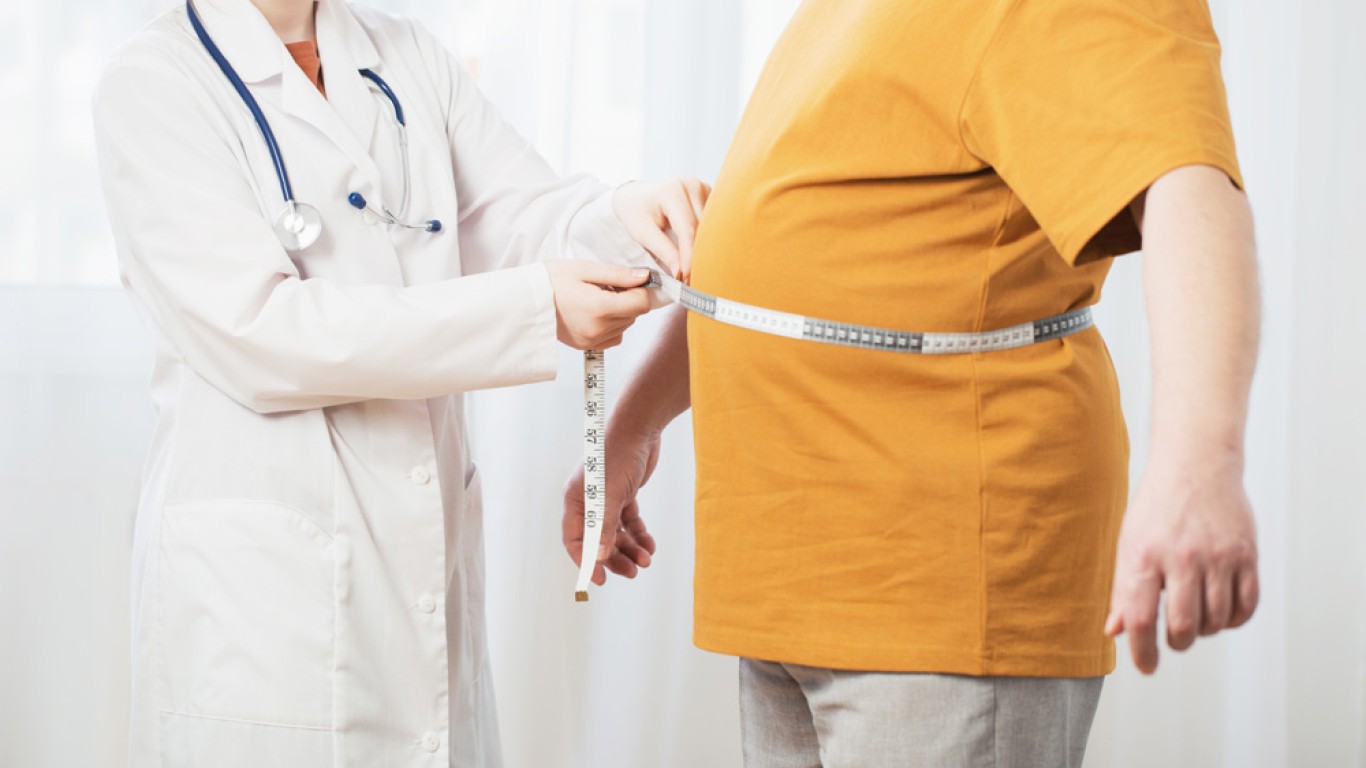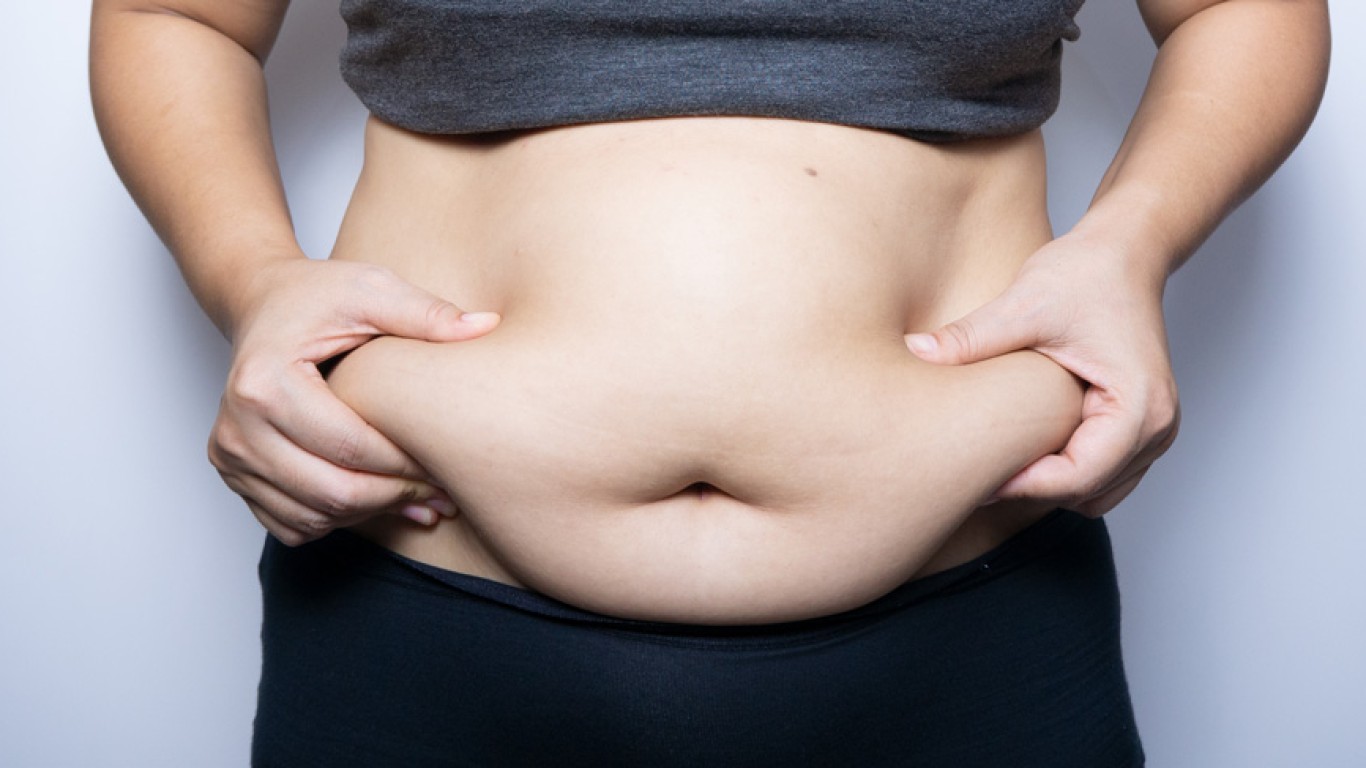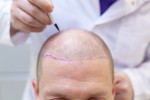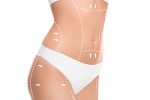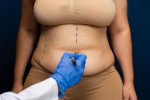Introduction
Gastric sleeve surgery is a powerful tool for weight loss. But diet plays a crucial role afterward. The stomach is reduced in size during the procedure. Meaning your eating habits must change permanently. This ensures not only weight loss but also long-term health and recovery.
The gastric sleeve diet progresses in structured stages. Each phase helps your stomach heal and adapt to smaller portions. Additionally, it supports healthy digestion, nutrient absorption, and sustainable results. If followed correctly, it maximises the benefits of your surgery.
What is the Gastric Sleeve Diet?
The gastric sleeve diet helps your body heal, prevents complications, and promotes steady weight loss. The diet starts with liquids and slowly reintroduces solid foods.
Patients typically follow this diet in four main stages. Each one focuses on healing, adapting, and developing long-term healthy habits. If you skip stages or eat too soon, it could stretch the stomach causing discomfort.
The diet builds the foundation for healthy eating habits. It supports lifelong weight management and overall wellbeing.
Gastric Sleeve Diet: Stage 1 - Clear Liquids Only
This stage begins immediately after surgery and lasts for 1–2 days. You’ll only consume clear, sugar-free liquids. This allows your stomach to rest and begin healing. Focus on hydration and avoiding anything that might irritate your stomach.
Allowed fluids include:
- Water
- Ice chips
- Clear broth (chicken, beef, or vegetable)
- Decaffeinated herbal tea
- Sugar-free ice pops
- Sugar-free jelly
Avoid carbonated drinks, fruit juice, and anything with caffeine or sugar. Sip slowly throughout the day to stay hydrated without overfilling your new stomach.
Gastric Sleeve Diet: Stage 2 - Full Liquids and Protein
After a few days, you’ll move on to full liquids. This phase typically lasts one to two weeks. It introduces protein shakes and creamy soups, helping your body meet nutritional needs.
Your focus here is protein. You’ll likely need 60–80 grams daily to support healing and prevent muscle loss. Choose high-quality, low-sugar options and drink slowly.
Examples include:
- Protein shakes (whey or plant-based)
- Skimmed milk or lactose-free alternatives
- Smooth, strained soups
- Sugar-free yoghurt (runny consistency)
- Protein-enriched drinks
Avoid chunks or solid pieces. Strain everything to ensure it’s smooth and easy to digest.
Gastric Sleeve Diet: Stage 3 - Puréed Foods
After about two weeks, you can start puréed foods. This stage usually lasts for another 2 weeks. Food should have a smooth, mashed-potato-like consistency. Chew thoroughly and eat very slowly.
Try small portions of:
- Scrambled eggs
- Mashed avocado
- Blended fish or chicken
- Puréed vegetables
- Low-fat cottage cheese
- Mashed lentils or beans
Additionally, limit your portions to ¼ to ½ cup per meal. Use a small spoon, eat slowly, and stop at the first sign of fullness.

Gastric Sleeve Diet: Stage 4 - Soft Foods
Next comes soft foods, usually around week 5. These foods are tender and easy to chew. You’re now moving closer to a regular diet. But portion control and mindful eating remain key.
Recommended foods:
- Boiled or steamed vegetables
- Soft fruits like bananas or melon
- Moist chicken or minced turkey
- Fish
- Eggs
- Tofu
- Low-fat cheese
Avoid raw vegetables, crunchy foods, bread, rice, and red meat at this stage. These can still be too hard on the healing stomach.
Gastric Sleeve Diet: Stage 5 - Solid Foods and Long-Term Habits
Around week 7 or 8, most patients can begin eating solid foods. This stage continues for life. Although variety increases, you’ll still need to follow portion sizes and chew carefully.
Key principles include:
- High protein at every meal
- Avoid sugary or fried foods
- Choose whole grains, not white bread or pasta
- Eat slowly and mindfully
- Drink water between meals, not during
- Avoid alcohol and fizzy drinks
You’ll also continue taking vitamins and supplements. Gastric sleeve patients often need lifelong vitamin B12, calcium, vitamin D, and iron support.
What to Avoid on the Gastric Sleeve Diet
Some foods can stretch your stomach or cause discomfort after surgery. Avoid the following, especially during early stages:
- Fizzy drinks
- Caffeine
- Alcohol
- Spicy or greasy foods
- Sugary items like cakes and sweets
- Tough meats
- White rice and bread
- Nuts and seeds
Additionally, avoid drinking with meals. Doing so can flush food through your stomach too quickly, making you feel hungry sooner.
Tips for Long-Term Success on the Gastric Sleeve Diet
Maintaining your results depends on building sustainable habits. Here are some essential tips:
- Eat protein first at every meal. It helps you feel full longer.
- Keep meals small—stop at the first sign of fullness.
- Chew food thoroughly. Your new stomach needs extra help with digestion.
- Avoid snacking. Grazing can sabotage your weight loss.
- Track your water intake to avoid dehydration.
- Plan meals in advance to stay on track.
- Work with a dietitian for ongoing support.
Why Protein Is So Important After Surgery
Protein plays a major role in recovery and weight loss. It helps preserve muscle mass, boosts metabolism, and aids in healing. Because your food intake is limited, every bite counts.
Good protein sources after recovery include:
- Chicken
- Fish
- Eggs
- Tofu
- Lentils
- Beans
- Greek yoghurt
- Low-fat cheese
Gastric Sleeve Diet: Common Mistakes to Avoid
While adjusting to a new lifestyle, it’s easy to make mistakes. Some common pitfalls include:
- Eating too quickly
- Skipping meals
- Drinking while eating
- Not chewing enough
- Choosing processed foods
- Ignoring portion control
- Forgetting daily supplements
Conclusion
The gastric sleeve diet is more than a short-term eating plan. It is the roadmap to lasting health and weight loss success. By following the stages, focusing on protein, avoiding trigger foods, patients can enjoy safe progress. Long-term lifestyle changes will make all the difference.
For more information and to book a consultation visit the ACIBADEM Beauty Center Weight Loss page.
Frequently Asked Questions
Usually, around 7–8 weeks post-op. Introduce new foods gradually and focus on soft textures first.
You must adopt long-term healthy habits. But strict stages only apply during the first two months.
It’s best to avoid them permanently. They may cause bloating and stretch the new stomach pouch.
Drinking while eating can push food through your stomach faster, leaving you hungry sooner.
No. Regular small meals help stabilise blood sugar and support steady weight loss.
